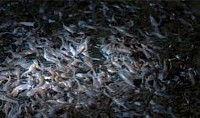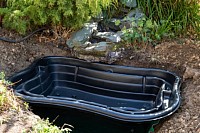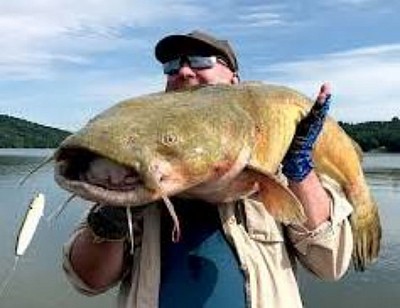The secret is here
Welcome to our secret of catfish farming
Scroll down 👇 to access our main source of serviing you better than others. This is where our Consultancies lies
Stocking of fingerlings
That's great you're planning to stock catfish fingerlings! Here's a breakdown of key considerations for successful stocking:
* General guidelines:
* Semi-intensive systems: 25-35 fish/m³.
* Intensive systems (fast water culture): 70-85 fish/m³.
Number of fingerlings = (Pond volume (in cubic meters) x Stocking density (fish/m³)) / Average weight you want your fish to reach (in kg).
* Remember to calculate your pond volume (length x width x average depth).
* Avoid overstocking: Overcrowding can lead to:
* Disease outbreaks
* Reduced growth rates
* Poor water quality
* Increased stress and competition for resources
2. Choosing Quality Fingerlings:
* Select fingerlings from a reputable source.
* Look for healthy fingerlings that are:
* Active and responsive
* Free from visible signs of disease or deformities
* Of uniform size for even growth and to prevent cannibalism
3. Acclimatization and Stocking Procedures:
* Transportation: Handle fingerlings carefully during transport to minimize stress. Avoid extreme temperatures and shaking. Ensure adequate oxygen in the transport container.
* Acclimatization: Before releasing the fingerlings into the pond:
* Float the transport container in the pond for about 15-20 minutes to equalize the water temperatures.
* Gradually mix pond water into the container water over another 15-20 minutes to adjust the pH and other water parameters.
* Release: Gently release the fingerlings into the pond, avoiding any sudden shock.
4. Initial Care After Stocking:
* Water Quality: Monitor water parameters closely (temperature, dissolved oxygen, pH, ammonia, nitrite) and maintain optimal levels. Implement proper filtration and regular water exchanges.
* Feeding:
* Feed small, appropriate-sized feed. For post-fingerlings (4-6 grams), you can feed once or twice daily with 1.8mm feed.
* Be careful not to overfeed, as this can lead to water quality issues and mortality. For newly stocked fingerlings, some farmers recommend waiting at least 24 hours before the first feeding to allow them to adjust to their new environment.
* Sorting: Regularly sort fingerlings by size to prevent cannibalism, as catfish are naturally carnivorous. Stock similar-sized fingerlings together.
* Biosecurity: Implement strict biosecurity measures to prevent the introduction and spread of diseases. Quarantine any new fish before introducing them to the main pond.
By paying close attention to these factors, you'll significantly increase your chances of successful catfish farming. Good luck!




